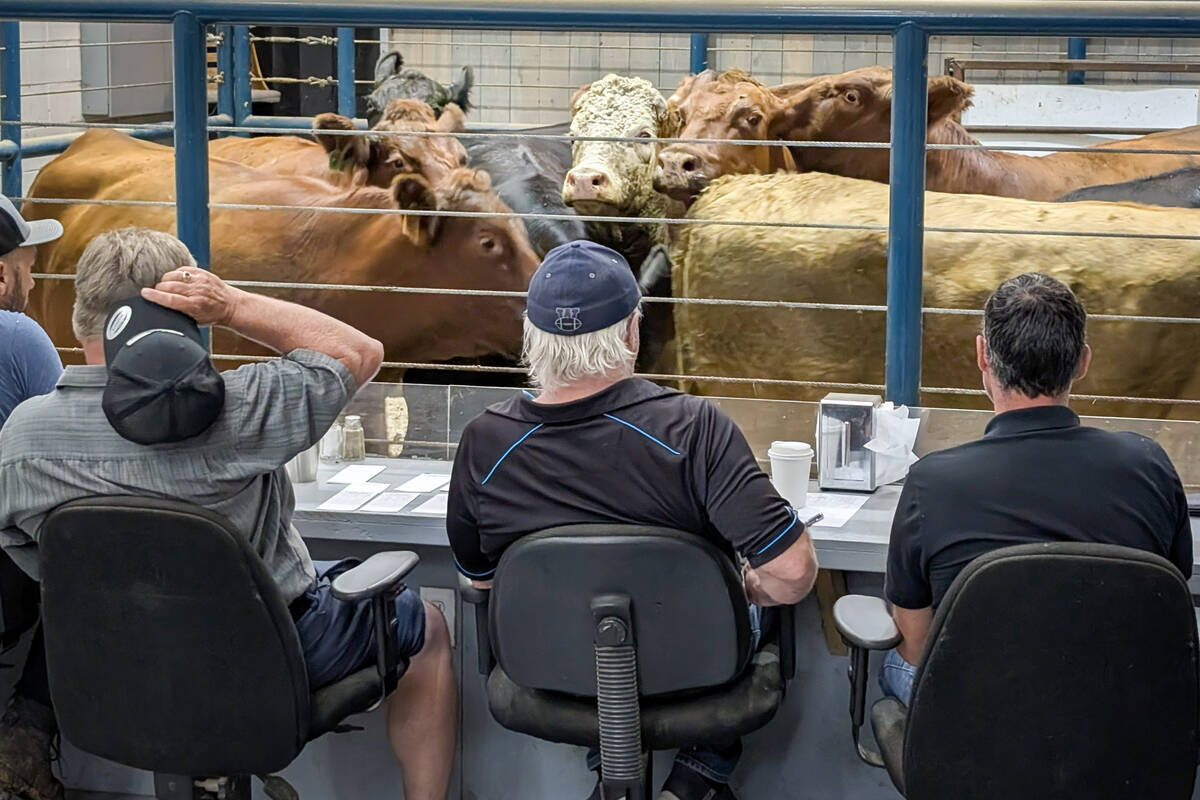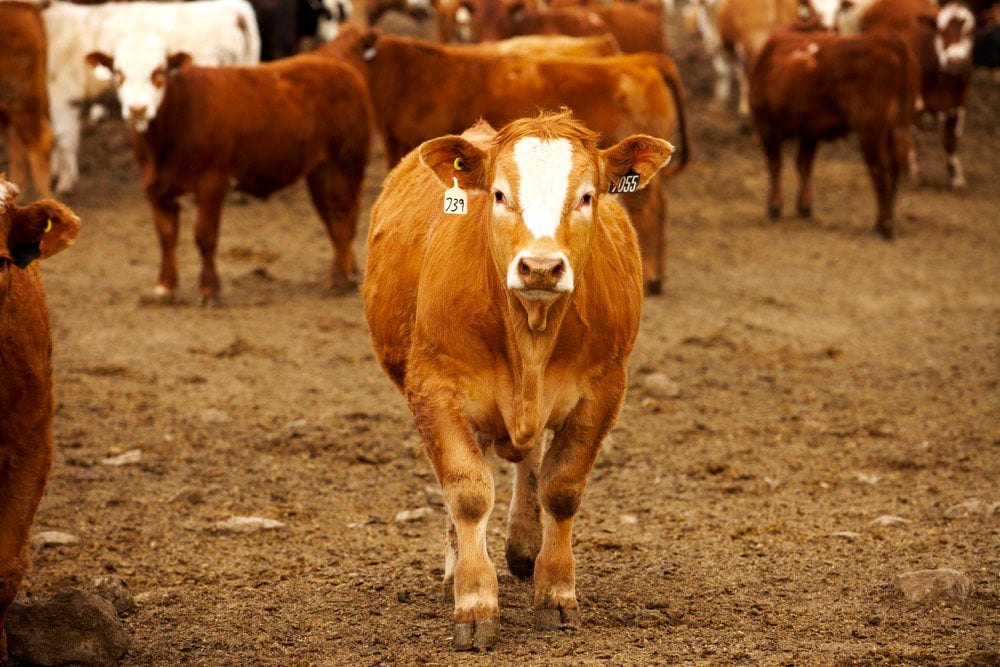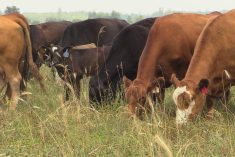Western Canadian feeder cattle prices were unchanged from seven days earlier. Strong buying interest was noted from finishing feedlots in Alberta. Orders flowed across the prairies keeping prices relatively even. U.S. feeder cattle markets traded $3 to as much as $8 higher in the Northern Plains which also underpinned prices in Saskatchewan and Manitoba.
There are very few cattle coming on the market these days. The scarcity principle appeared to surface with abnormal strength noted in the 700 to 800-pound weight category. Feedlots can’t seem to get their hands on enough heavier yearlings so buyers settled on mid-weight ownership. Steers weighing 700 to 725 pound readily traded in the range of $200 to $205 in Alberta. Most auction barns remain in holiday mode but there was some direct off farm sales at very good prices.
Read Also

U.S. livestock: Cattle rally, hogs slide
Chicago cattle futures regained a ground on Monday to maintain a fairly level trajectory after last week’s fall.
Near Lethbridge, tan mixed lower flesh steers weighing 820 pounds were quoted at $192 while mixed heifers weighing 815 pounds were valued at $158 landed in the feedlot. In Central Alberta, medium frame lower flesh mixed steers weighing 935 pounds were quoted at $173. In Central Saskatchewan, Simmental blended lower flesh steers averaging around 855 pounds were valued at $186 landed in the feedlot. The heifer discount appeared to widen this past week, especially in Alberta. Across Alberta and Saskatchewan, fairly good quality heifers weighing 900 to 950 pounds were quoted from $140 to $152.
There were not many calves on offer but finishing feedlots also dominating the lighter categories. In Central Alberta, red mixed steers weighing 630 pounds traded hands at $225 while 620 pound mixed heifers were quoted at $196.
New crop barley prices remain under pressure with harvest right around the corner. There are also very strong basis offers from packers for December through April 2020 timeframe. These two factors are driving the feeder market for the time being. The feeder market is the fed cattle market five to six months forward; therefore, the negative margins on current pen closeouts are having a little effect on the feeder complex. There’s always renewed optimism when the first round of yearlings come on stream in August and this year is no exception.
– Jerry Klassen manages the Canadian office of Swiss-based grain trader GAP SA Grains and Produits Ltd. and is president and founder of Resilient Capital, specializing in proprietary commodity futures trading and market analysis. Jerry consults with feedlots on risk management and writes a weekly cattle market commentary. He can be reached at 204-504-8339 or via his website at ResilCapital.com.

















